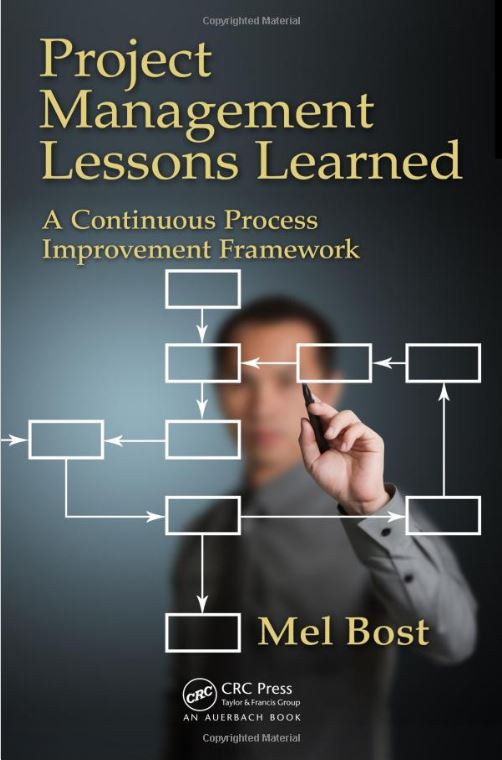Several project managers have asked me to expound on my blog post about conquering the great challenges in life, and the six “ADD-vantages” one gains by this effort. In this post, I want to share about the self awareness that I gained as a result of developing and facilitating Lessons Learned classes for the Panama Canal Authority.
On the first day of class, I let the class set the schedule based upon their normal working hours. They chose to have the class run from 7:30 AM to 4:30 PM with a one hour lunch break from noon to 1:00 PM. So, my day was set early! I was up at 5:30 AM every day, I ate breakfast at 6:30 AM, my taxi left the hotel at 7:00 AM, I arrived in the classroom 7:20 AM, and the class started at 7:30 AM. After a few days, I began to realize that my best, most energetic time of the day was between 6:00 AM and noon. So, I tried to plan my interaction with the class around that same energy level. Since returning from Panama, I have maintained that 5:30 AM awakening, and have had my most energetic and productive time between 6:00 AM and noon. This self awareness of energy level and corresponding times of the day has been very productive in planning work cycles and downtime for rest.
The first day of classes, I was uncertain whether “language” differences might be an issue. In our contract, it specified that the course would be offered in English. As it turned out, I had to spend a great deal of energy and time covering the introductory material because of language-related issues. When it came time for our lunch break, I was uncertain as to what to do about lunch. Several people had told me there were small restaurants within walking distance of the facility. But I really felt that I needed to prepare for the afternoon session. I had brought a box of granola bars with me for snacks in case I needed extra energy.
As a result of this “lunch dilemma,” I ate a granola bar everyday at lunch in my classroom and prepared for the afternoon session. This resulted in a much smoother class than if I had tried to find a local restaurant with time constraints and not knowing how my stomach might react to the cuisine. This self awareness of integrating food intake with the needs of the class was very important.
One area that I have been studying lately is “risk analysis.” For example, on my taxi ride to the training facility on the Monday of the second week of training, I began to think of the “risks” I might encounter that week. One risk was that my classroom location might have been changed from the location of the first week’s training. This was highly likely due to the way the second week of training had been scheduled at the last minute. Similarly, during the first week, I had to acclimate myself to the audio and video equipment and my laptop computer connections so that the class would run smoothly. One thing I thought I might have to my advantage was the fact that most of the training rooms seemed to be set up with the same equipment and tables/chairs, whiteboards, and visual equipment.
When I arrived, my HR/Training contact informed me that I would, in fact, be in a different training room that week. I requested his assistance in helping set up the equipment so the course would proceed smoothly. My experience during the first week helped me to identify and plan for “controllable” and “uncontrollable” risks. Risk analysis is a very valuable tool to keep close at hand because it deals with not only the likelihood of the possible event, but also the possible impacts if such an event occurs.
So, here are the big takeaways in terms of personal awareness and the big challenges:
1. It is easy to plan for the major activities associated with a big challenge, but it is difficult to plan in advance for personal aspects such as food, rest, relaxation, energy level maintenance, language differences, etc. These personal aspects, however, also contribute to your ability to tackle a challenge. Take the time to plan for these personal aspects, and you will see your successes grow exponentially.
2. Work to match your energy level characteristics with the scheduling of your big challenge. If you can identify the times during which you have maximum energy and can sustain maximum concentration, you will be more productive and your stakeholders will, in turn, be rewarded.
3. Utilize risk analysis and risk management techniques both to plan your big challenge, and to monitor your progress during the big challenge. You will want to conduct your own “lessons learned” analysis of your big challenge, so, remember, the Significant Events that you identify in your lessons learned analysis frequently become the risks that you identify when conducting a Risk Analysis for your next big challenge.
4. Remember, your stakeholders and clients are expecting you to produce a memorable “experience”. To achieve that goal, you will have to closely monitor other people and processes that will impact your challenge. Be sure your analysis accounts for these people and processes and plan accordingly.
Your personal growth and awareness during and after conquering your next big challenge is very important to everyone with a stake in the outcome. Do everything you can to make this challenge a great experience and produce an excellent work product for both your stakeholders and yourself.

Leave a Reply